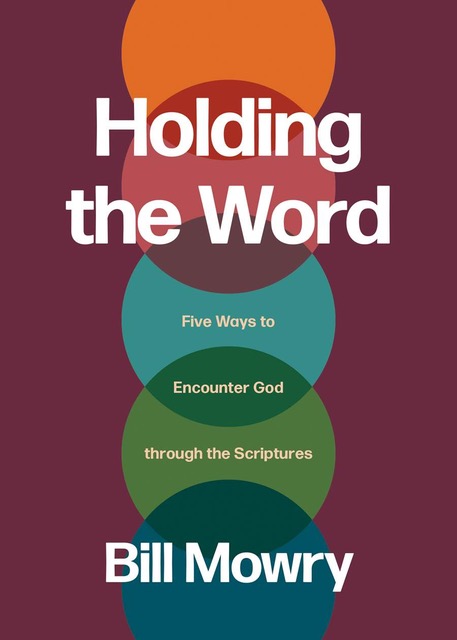I love the book The Master Plan of Evangelism. It’s the classic work on disciplemaking. Imagine my surprise when one day I seriously looked at the title. It’s not “The Master Plan of Disciplemaking” (though Coleman did eventually publish a book with this title). The book is about Jesus’ plan for evangelism. What was His plan? I noticed that disciples are a “means” and not the “end.” The end is advancing the gospel. Disciplemaking is all about mission.
When it comes to disciplemaking, it’s easy to confuse means and ends. We think that the Great Commission’s end goal is making disciples. What would change if we viewed this “end” as really a “means?” In other words, we make disciples to advance the gospel. Disciples, then, become gospel-carriers. The more disciples, the more the gospel is carried from person-to-person. Our assumption that disciples are the “end” of our ministry efforts needs to be challenged.
The New Testament consistently challenges our assumptions about life and ministry. What it means to live on mission in the culture around us is one assumption that’s questioned. We assume that in order to “not be conformed to the world” (Romans 12:2) we should remove ourselves from the world. The New Testament says something quite the opposite. We are to move to the world, not remove ourselves from it. Why “move” to the world? We are a people on mission bringing light to the darkness.
Jesus set the pace by “becoming flesh and blood and moving into the neighborhood” (John 1:14, MSV). Paul exhorts the Philippian believers to “shine as lights in the midst of a crooked and perverse generation” (Philippians 2:15). We are to live lives that win the “respect of the outsider” (1 Thessalonians 4:12). We move into the world so that our lights can be seen (Matthew 5:14-16). Moving to lost people was so central to Paul’s thinking that he was incredulous that the Corinthian church thought that he meant they should not associate with unbelievers. He meant they were not to associate with sinful believers (1 Corinthians 5:9-11)!
Now, we obviously need to be wise and discerning in our involvement with the world. After all, “we’re not to love the world” but we are to love the people in the world. Lights can be extinguished and salt can lose its flavor. Like Jesus, we’re not to be isolated but insulated from the world. How can we help disciples get started on this mission as light-givers?
I brainstormed the other evening with a church’s leadership team on how to incorporate evangelism into the fabric of their discipleship triads. Here were some ideas.
- Each week pray for your Circle of 3 — three unbelieving friends you’re investing in.
- Practice telling your stories so each person is prepared to share their faith story in a conversation.
- Teach them how to share a simple gospel illustration.
- At least once a month set aside time to share about the faith conversations people are having with others.
- Instead of sponsoring an event for the immediate triad, do something to include unbelieving friends. This could be a sporting event, movie, restaurant opening, Ikea grand opening, etc.
In Exodus 23:30, the Lord tells Israel that he will drive out the existing tribes in the promised land “little by little.” So much of life is like this — we are changed little by little. Building a culture of evangelism is a process that happens one step at a time, little by little. Start small but start right away. After all, disciples are the means to advancing the gospel. Culture builders are convinced that it all starts with mission.


Leave a Reply